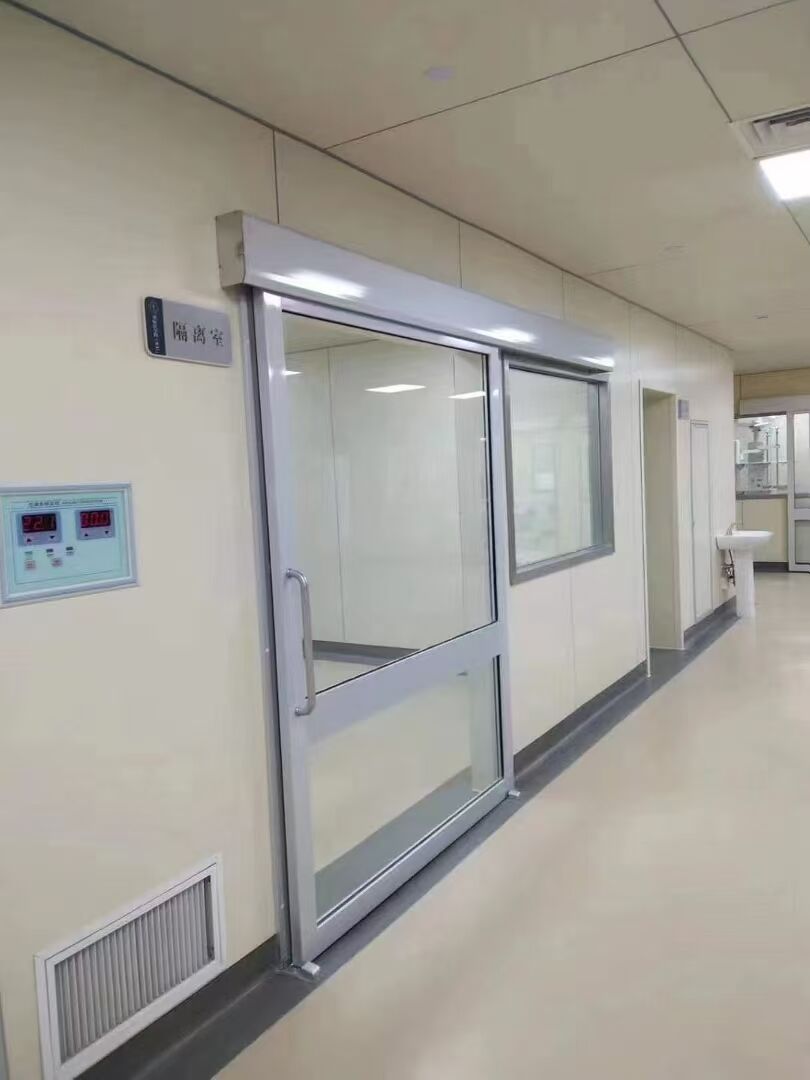
Today, in the field of modern healthcare, efficiency, safety, and hygiene are the king of the hill. The operating room doors may be neglected the most but they are still a vital part of the main support for these basic principles. The operating room doors used for the hospitals, surgical centers, or other special medical facilities enable those places to run without a hitch. In this article, we will explore the role they play, the design aspects, and the new features that have made operating room doors an essential element in modern medical settings.
Operating rooms are places which undergo surgical procedures under strictly sterile conditions. The finding of any air or surface contamination might have dire consequences, as it can lead to both patient safety compromise and the failing of surgeries. The problem has no time to grow if the operating room doors are there to help. The doors are designed so that they not only ensure the purity and sterility of the room but also keep a healthy environment.
Take for example the latest operating room doors that usually are furnished with airtight sealing systems, so they can stop dust, bacterias, and viruses from coming in. Apart from this, the materials used for these doors (e.g. stainless steel or those coated with antimicrobial) have the effect of cutting down the level of contaminants. Such doors also are guaranteed to be resistant to the regular cleaning and disinfection, so it is not difficult to make these doors fulfill the hygienic requirements throughout their existence.
Technology helps operating room doors to become more efficient and user-friendly. The utilization of automatic opening systems is one of the examples of such room doors which reduces the need for manual handling and at the same time, it is efficient in lessening the risk of contamination when the medical staff go in and come out of the operating room. Moreover, some doors have touchless sensors that enable the operation of the door directly without contact.
New materials such as laminated glass or transparent panels are integrated with the operating room doors to ensure that they are visible and improving the communication process. With the help of these materials, medical staff can monitor the operating room environment from outside without the necessity to enter the door; thus, they are effectively cutting the risk of contamination and ensuring that the position is always monitored.
Another factor involved in the design of operating room doors is the benefit of the efficient use of available space in the operating room. Such doors are often designed with the removal of excess space as a priority, which will eventually result in the obstruction posed to the opening being minimized. There are doors that are swing-open type with an allowance for a very narrow gap, and others which use a sliding innovation thus, they consume very little space, which is an important factor in a smaller operating room layout.
Moreover, besides space management concerns, the doors also contribute to patient safety. The doors can include technological solutions like fire-resistant properties, they can keep the noise level down, and improve privacy in a manner that only assists the patient without creating excessive stress. They play an important role in creating an environment with limited doors where the focus is on the patient's recovery and the success of the surgery.

Copyright © Liaocheng Fuxunlai Trading Co., Ltd - Privacy policy